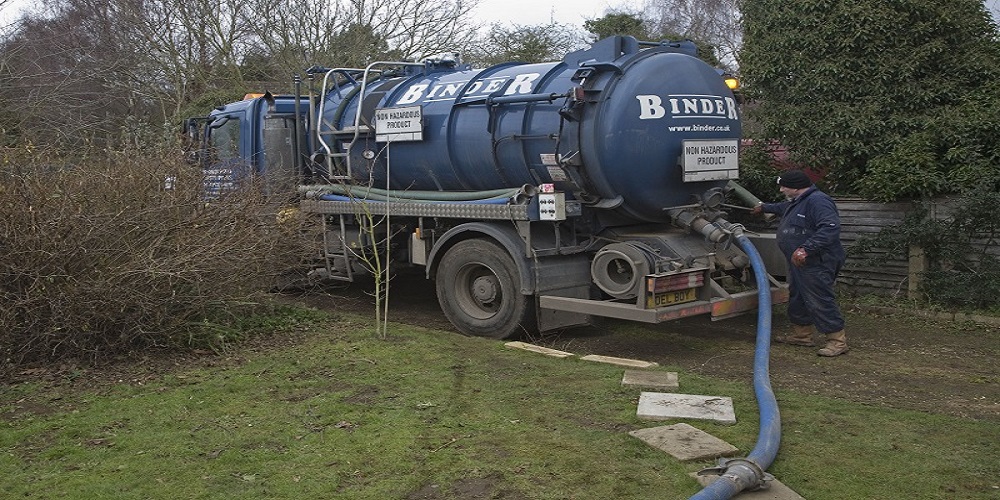Septic tanks help a lot in handling our waste, and there are some things in them that we need to know about. This article will teach you five kinds of these little bacteria. According to septic tank companies, understanding them helps keep our homes and water safe.

- Anaerobic and Aerobic Bacteria
Aerobic Bacteria
Aerobic bacteria are like the cleanup team that loves oxygen. They live in areas with lots of oxygen, like the upper part of the septic system. Picture them as big eaters; they break down the leftover stuff (organic waste) and turn it into less harmful things. They’re like nature’s helpers, using oxygen to do their excellent work.
Anaerobic Bacteria
Now, anaerobic bacteria are the tough ones. They are okay with it if there’s not much oxygen around. You’ll find them in the septic tank, dealing with solid waste. They’re like strong workers preparing the wastewater for the next step. These bacteria can help you handle any of the changes in their environment. They also only rely a little on oxygen to get the work they have to do to be complete. So, in the world of septic systems, both aerobic and anaerobic bacteria team up for a clean and smooth operation.
- Facultative Bacteria
Unlike the picky anaerobic ones, facultative bacteria can survive with or without oxygen. They help during the treatment of wastewater, breaking down waste. They are also there to make nutrients for other bacteria. Examples of these include Escherichia coli, Pseudomonas aeruginosa, and Salmonella enterica.
- Nitrifying Bacteria
Nitrifying bacteria are like nature’s cleanup crew, turning harmful ammonia into safer compounds like nitrite and nitrate. They help keep a healthy balance in the septic tank and prevent lousy stuff from piling up. Nitrifying bacteria are mainly found in the upper aerobic zones of the leaching field, where there is more oxygen. Nitrification systems have to allow time for the process to occur effectively. Nitrosomonas and Nitrobacter are the stars of this waste transformation show.
- Denitrifying Bacteria
After the nitrifying team does its job, denitrifying bacteria step in to finish the cleaning act. They turn nitrate back into nitrogen gas, which goes into the air. Denitrifying bacteria require a carbon food source for energy and conversion of nitrogen.
The tiny bacteria eat the stuff in the water (BOD), turning it into carbon dioxide. This makes the BOD in the sewage go down, which is a good thing.
This extra step ensures the wastewater is even cleaner and reduces the risk of soil harm. Pseudomonas and Bacillus are the cleanup crew members in charge of this critical task.
- Sulfur-Oxidizing Bacteria
Lastly, some bacteria deal with the sulfur. These compounds can be in the wastewater due to the breakdown of stuff. Thiobacillus and Beggiatoa are like guardians, ensuring sulfur compounds don’t build up and cause trouble.
Conclusion
Knowing about these bacteria in our septic tanks is like ensuring our homes stay healthy. Regular checks and taking good care of our septic systems are like giving our homes a little check-up. They help us ensure everything stays clean and safe for everyone here.